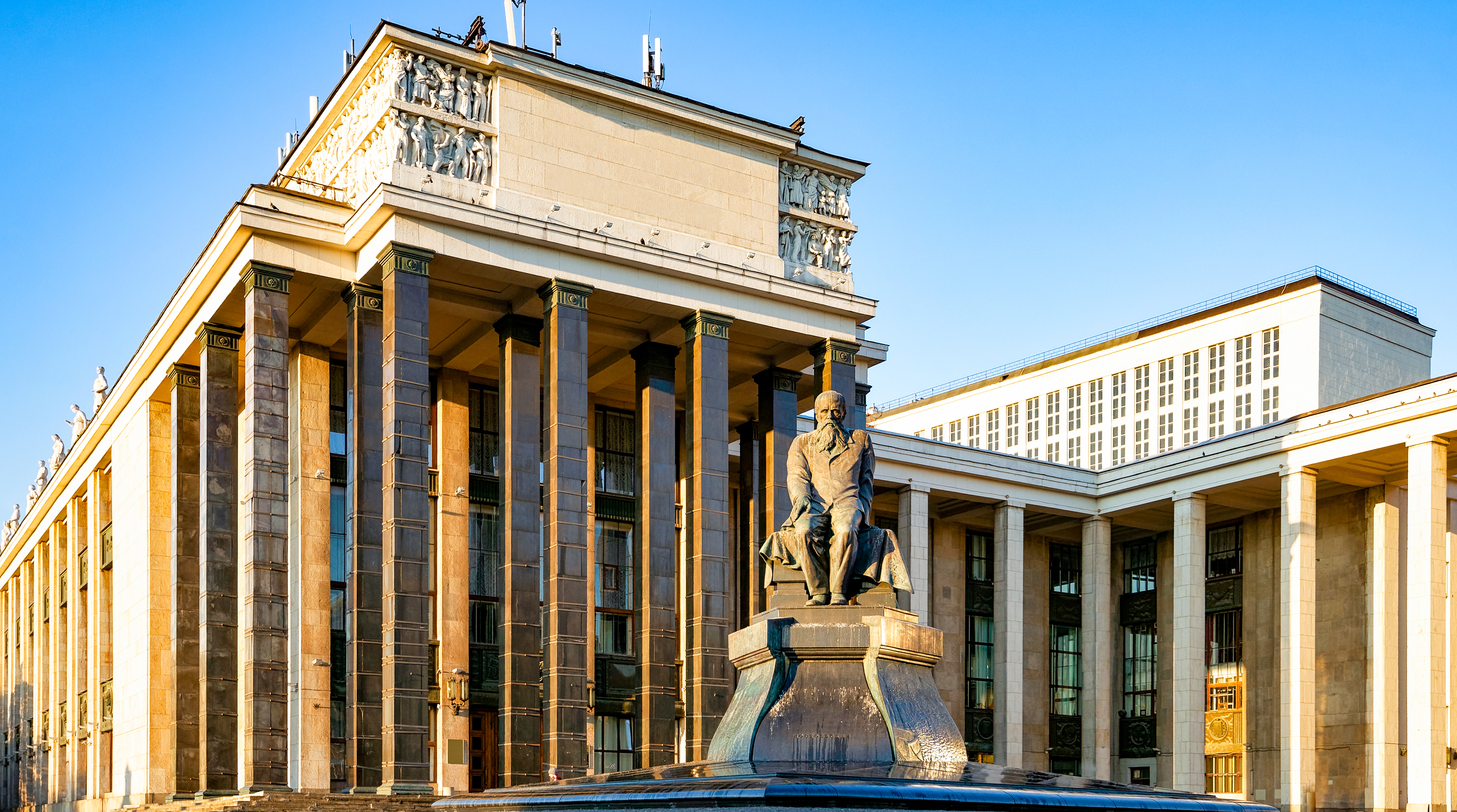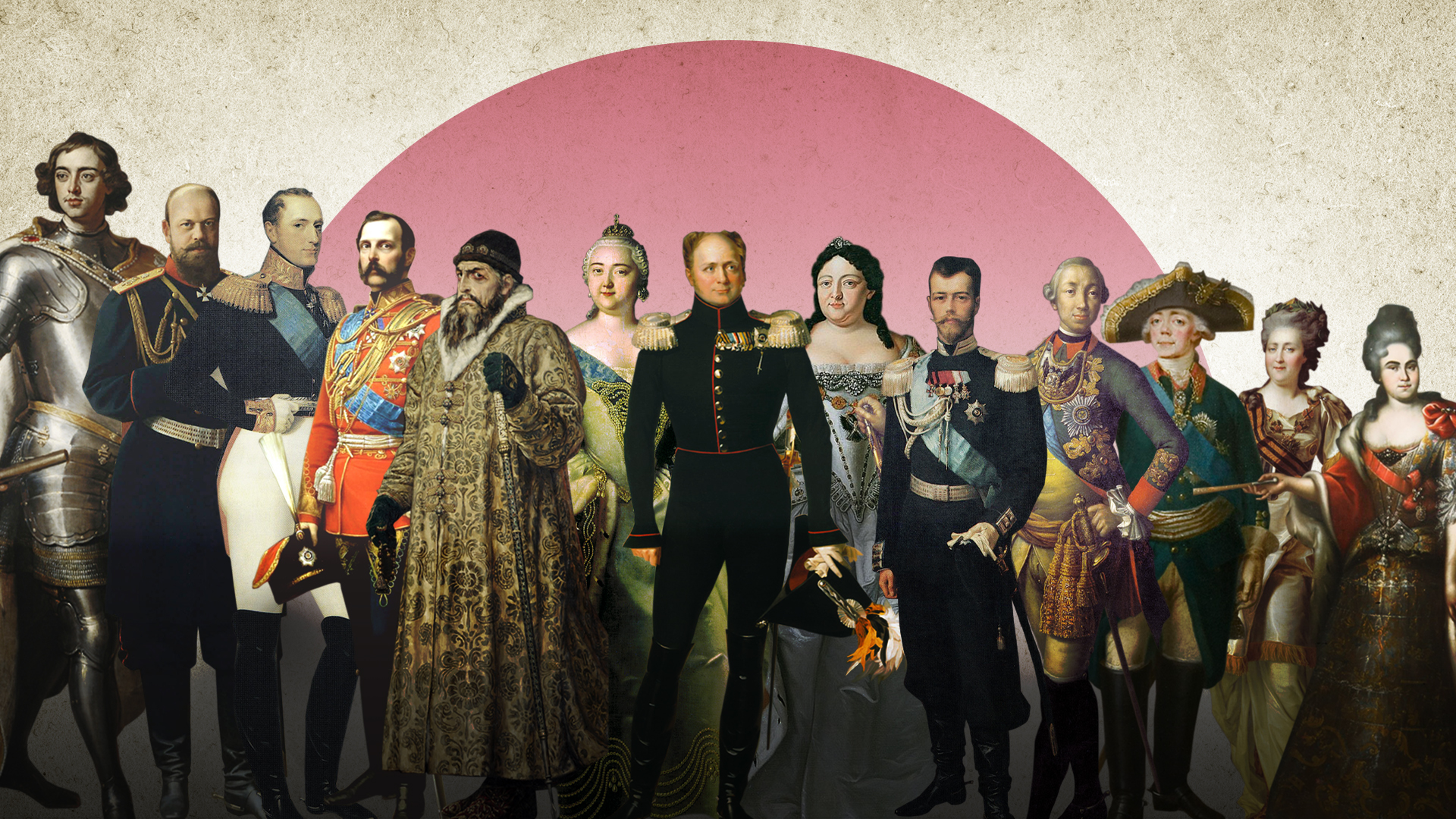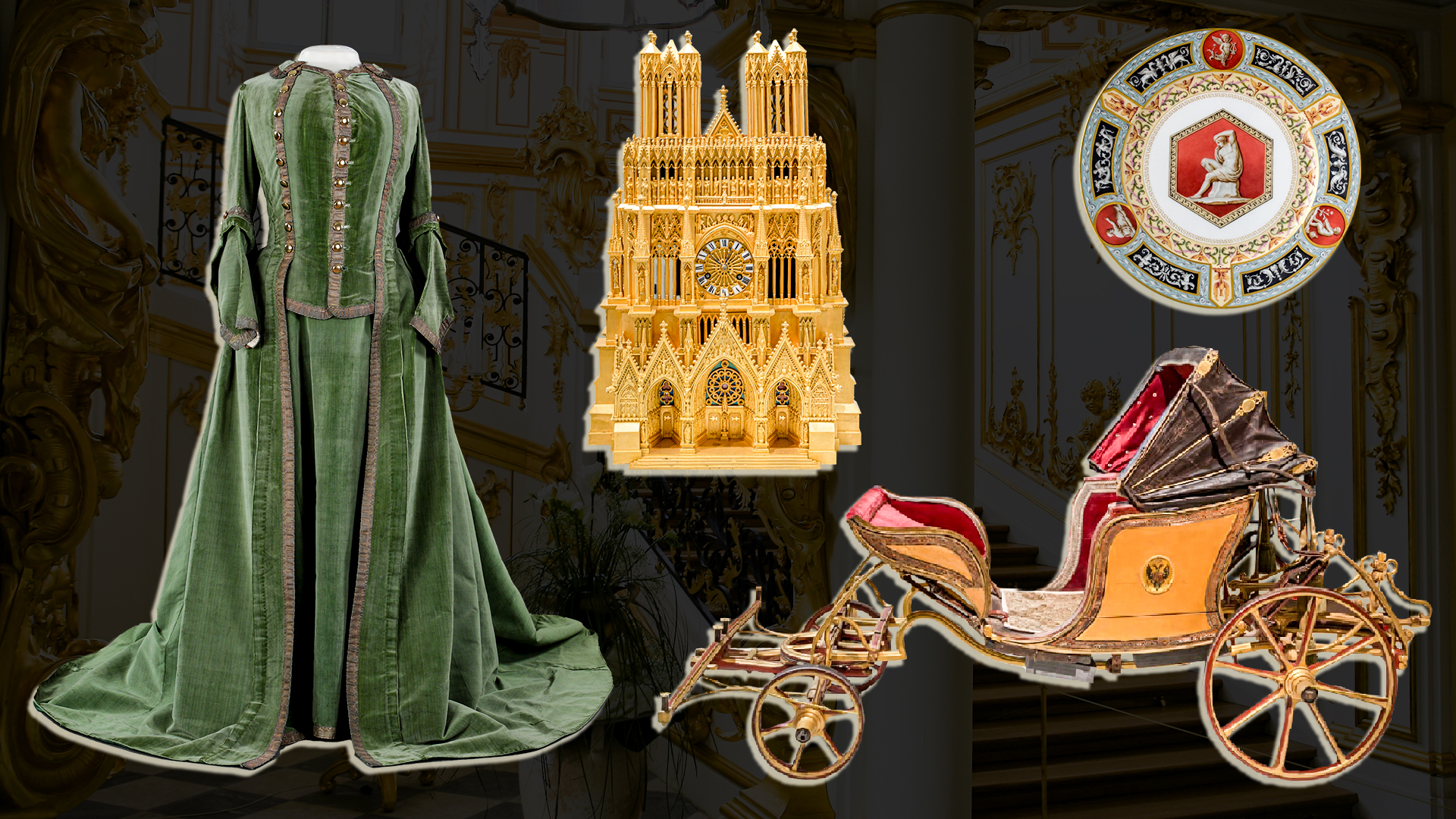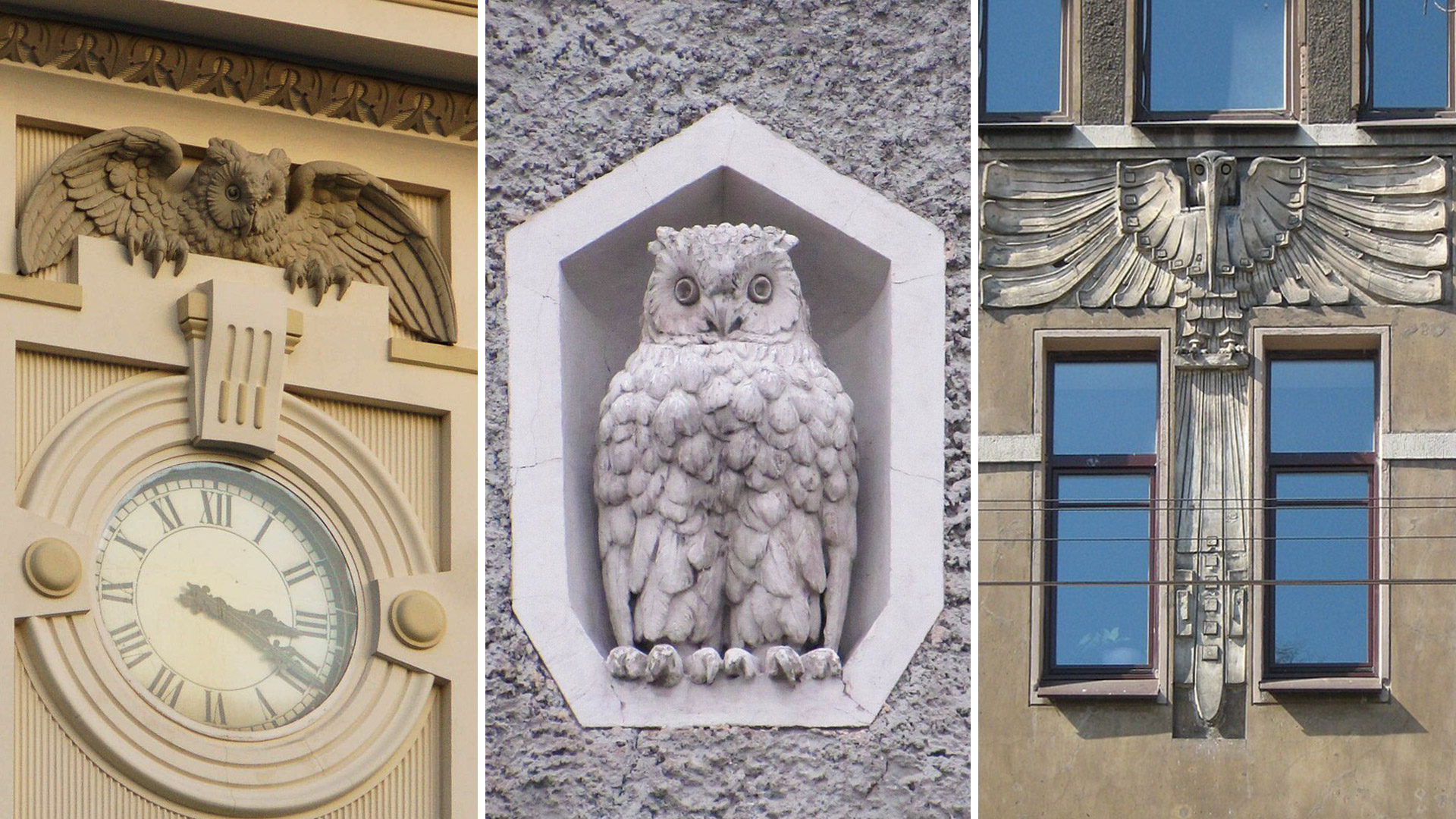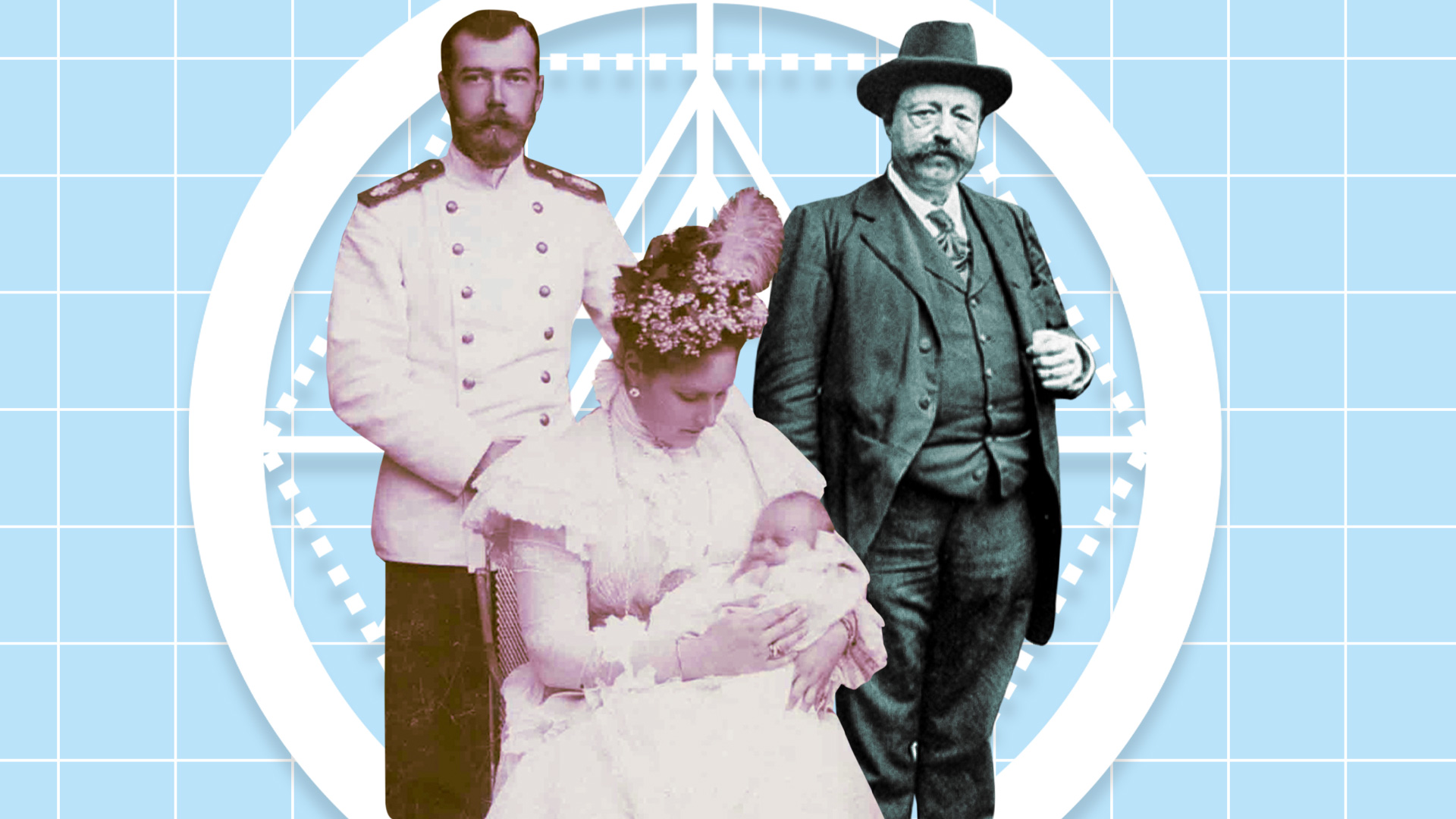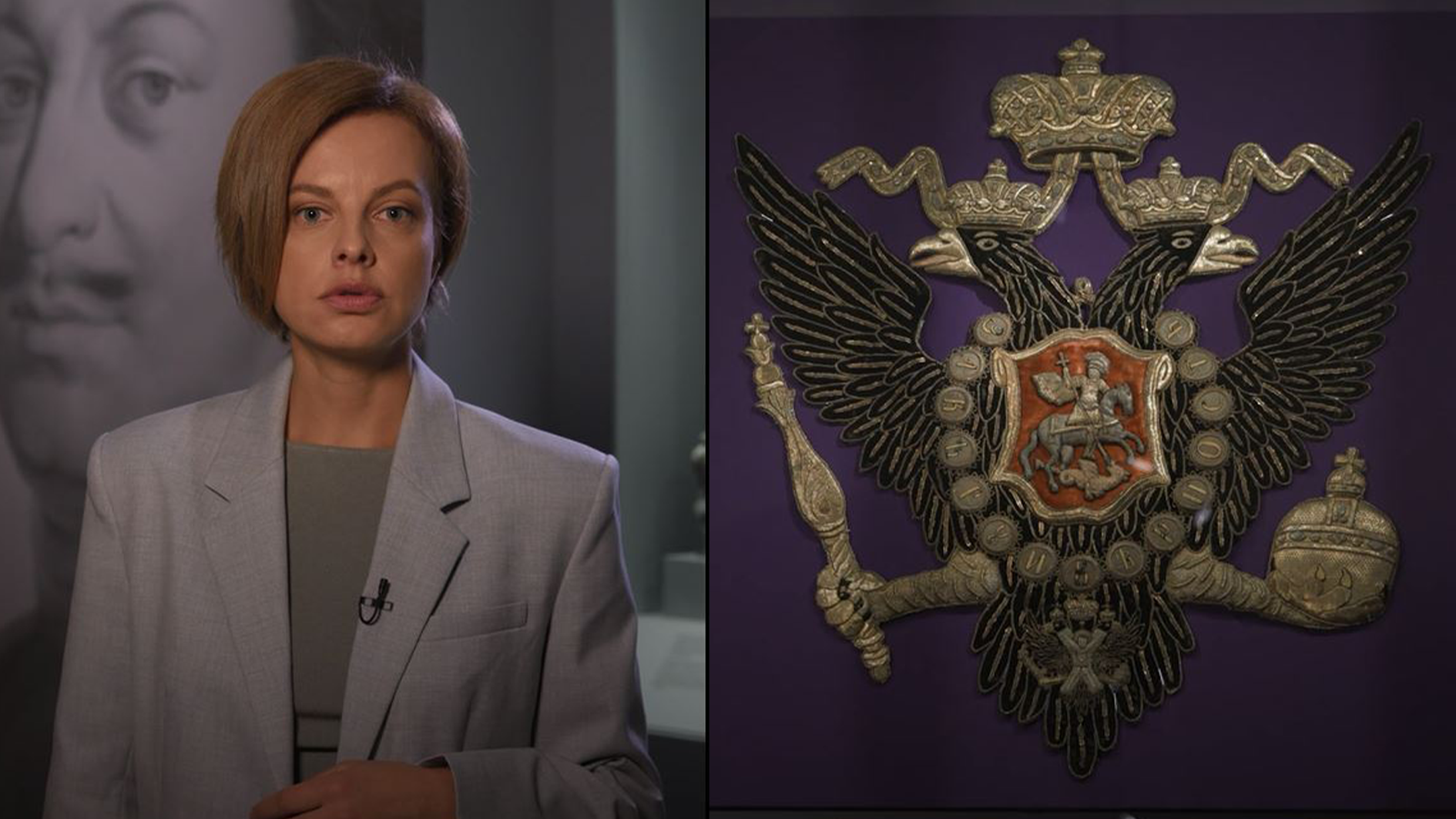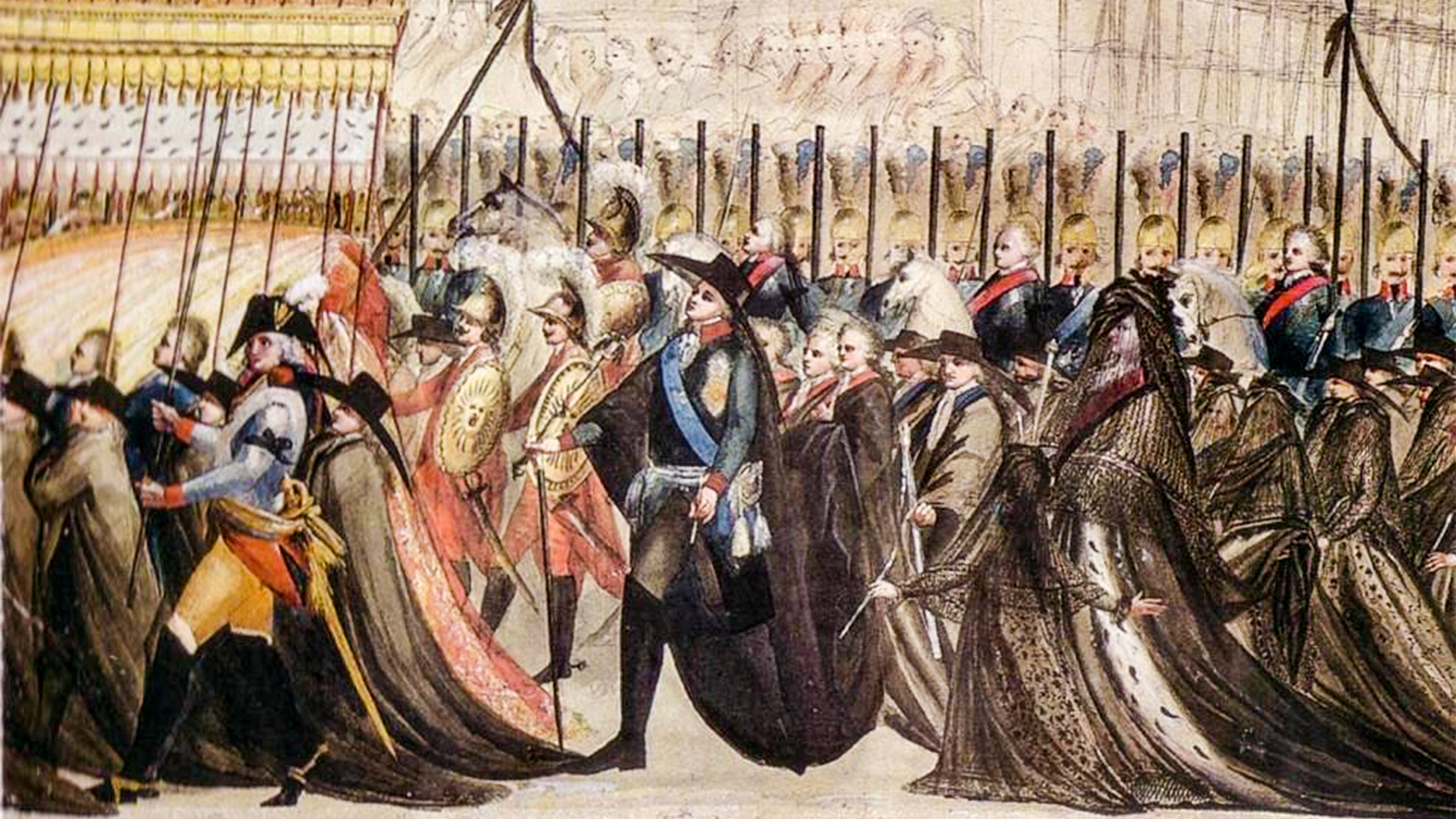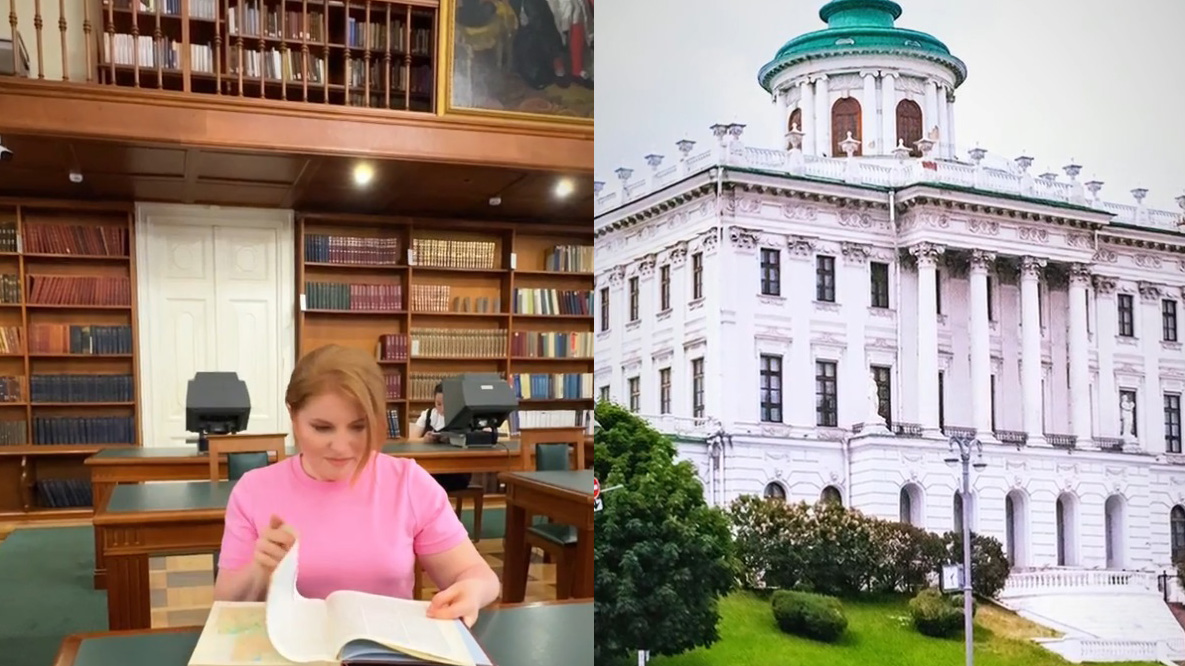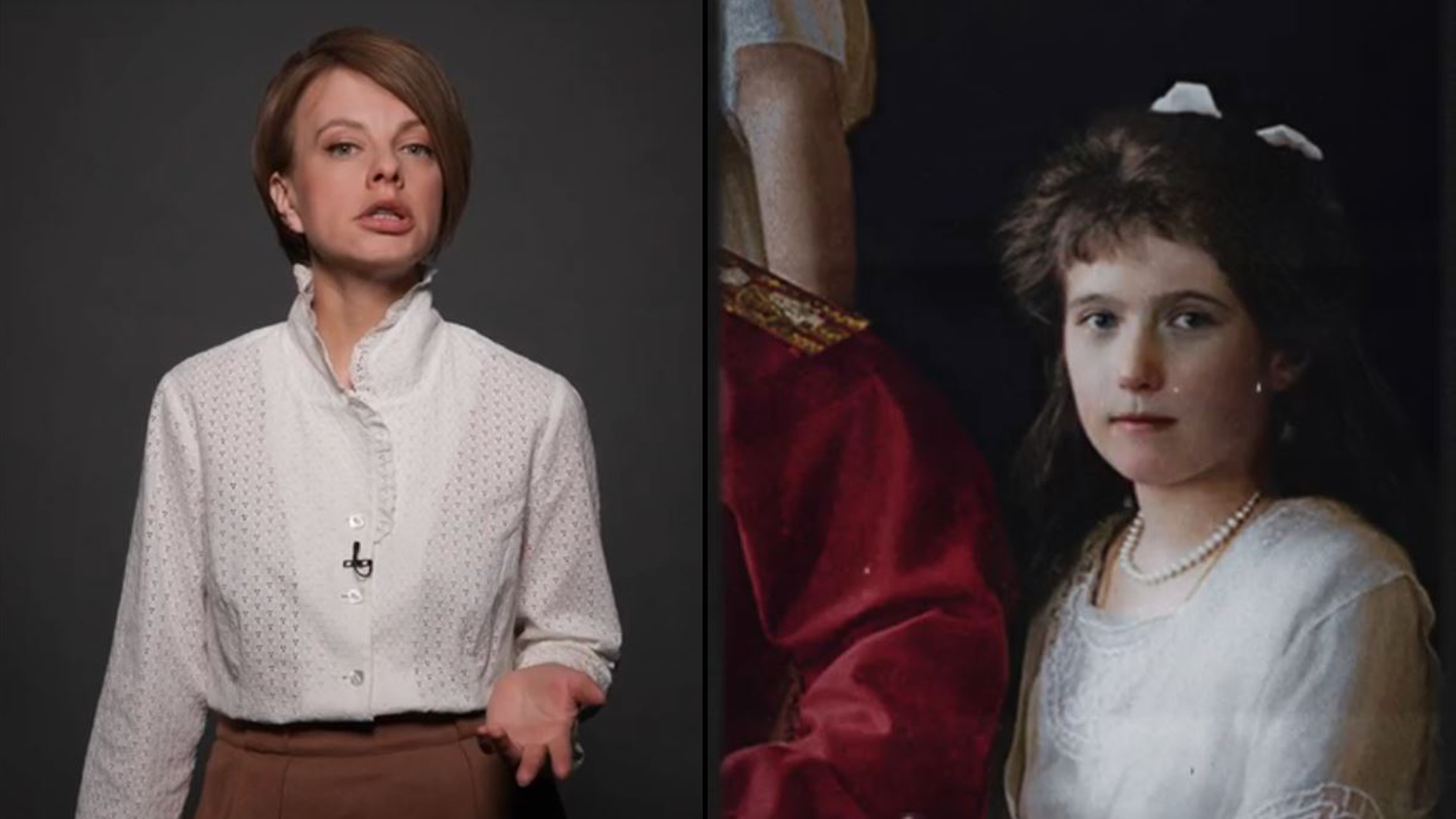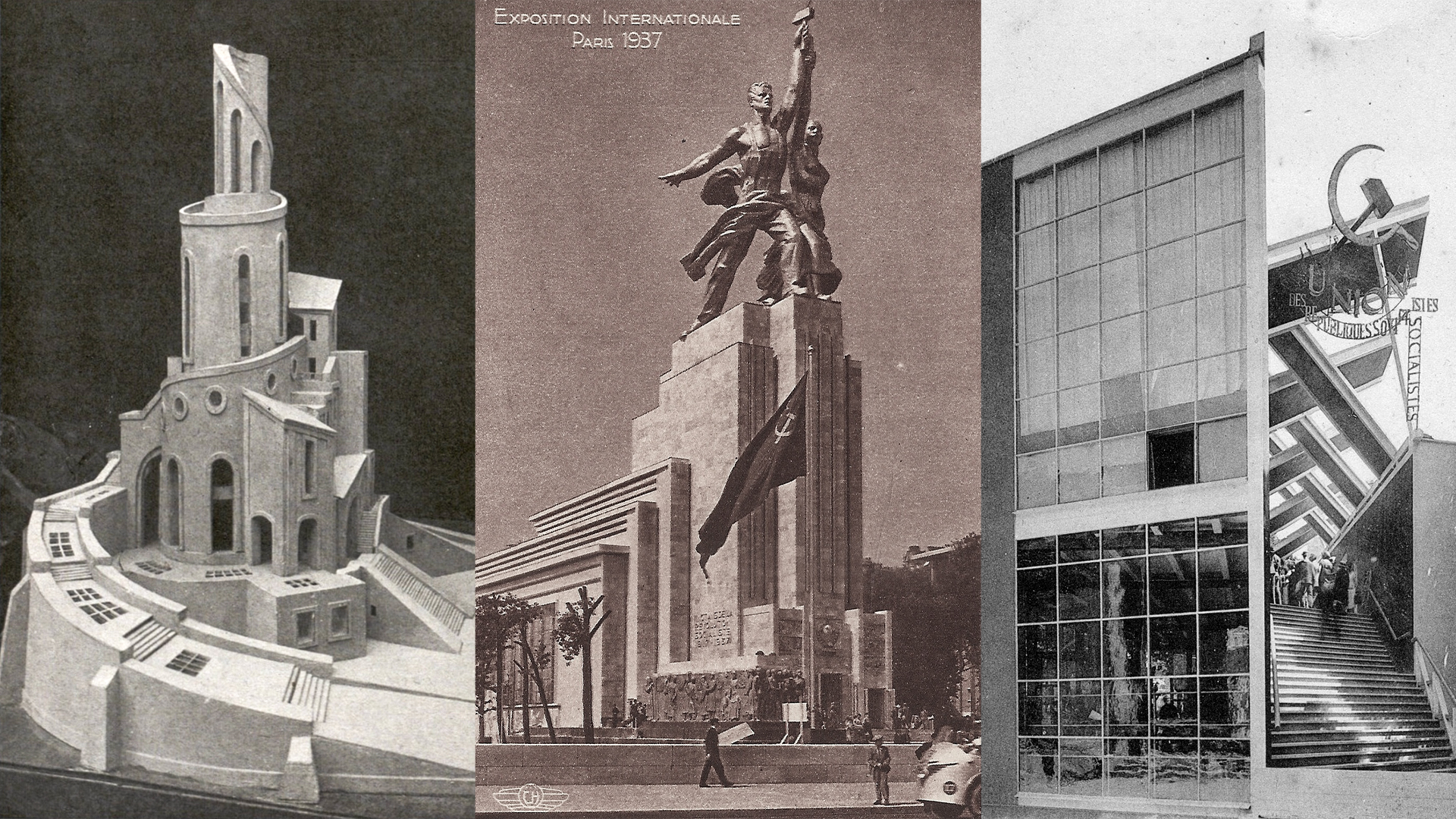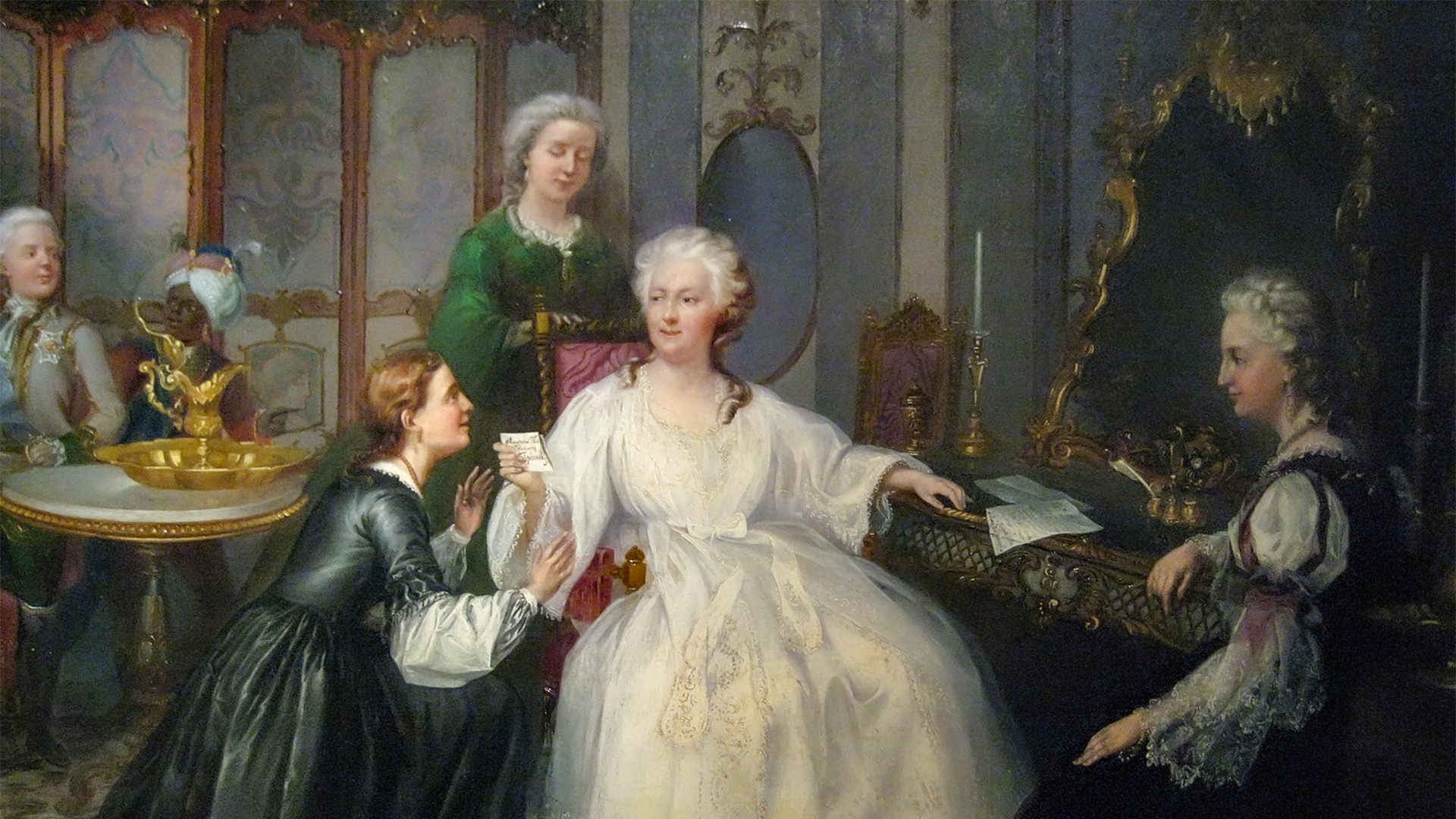
How & why Russian tsars built ‘travel’ palaces for their journeys
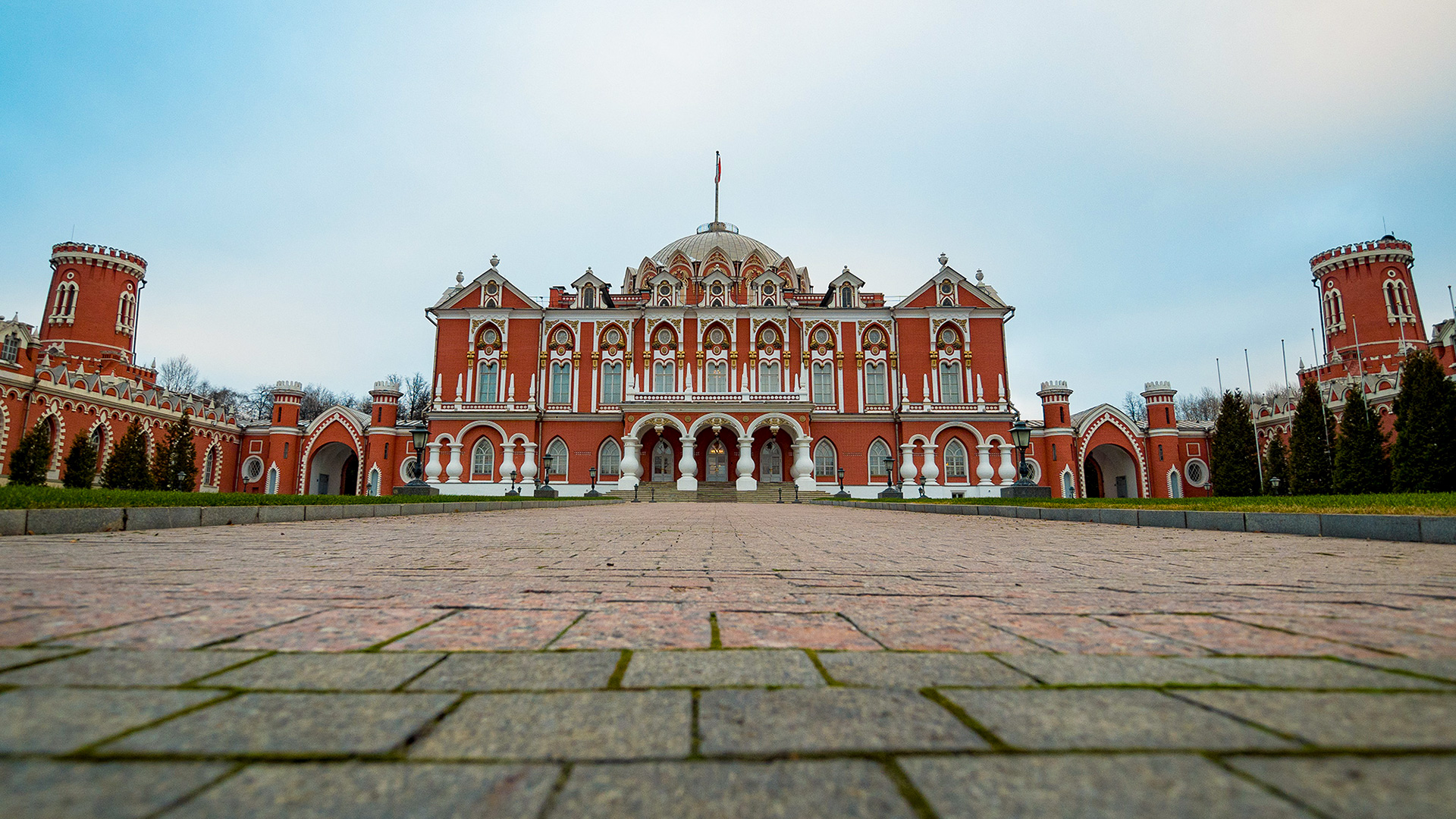
Why were “travel” palaces built?
In tsarist times, a trip from point ‘A’ to point ‘B’ was a real adventure that could stretch on for weeks or even months. Of course, there were already roadside inns for travelers, but these were not up to the standard required for emperors and their entourage. Therefore, “travel” palaces had to be specially built – luxurious mansions where one could rest, spend the night and continue the journey with renewed energy.
Peter I is often credited with inventing the idea: when he moved the capital from Moscow to St. Petersburg, the road between the two cities became the country's most important route. The construction of “travel” palaces reached its peak under Catherine the Great – these Baroque buildings still impress the imagination today. We’ve highlighted the most famous ones below.
Peter I’s travel palace in Strelna, St. Petersburg
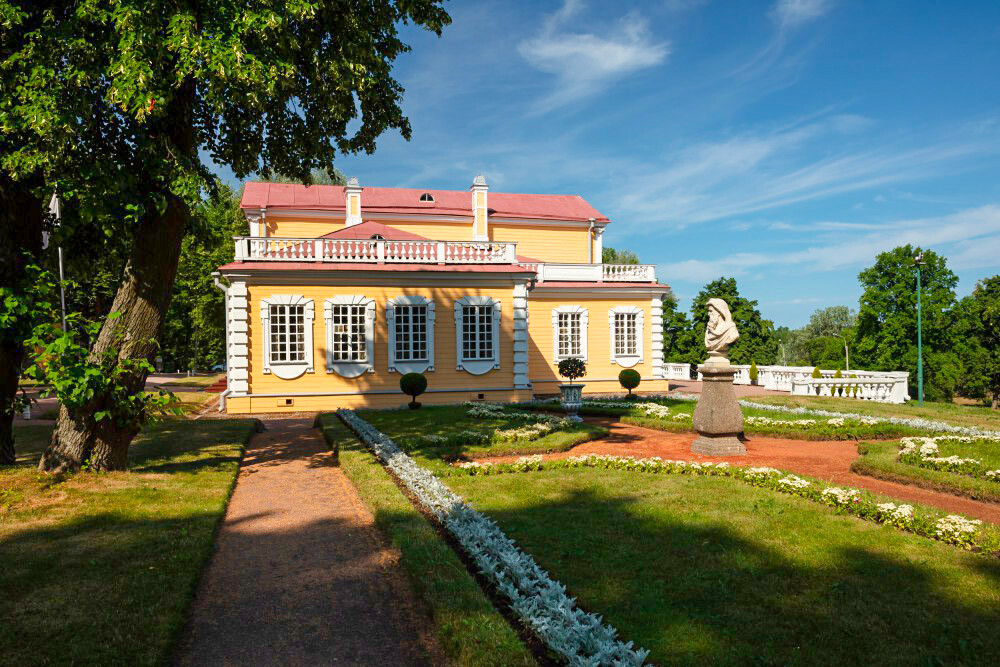
Considered to be one of the first buildings of the Peter the Great era, this small palace on the shore of the Gulf of Finland was where Peter I would stop on his way from St. Petersburg to Kronstadt and Peterhof. It was built in 1716. A vegetable garden and an orchard were planted near the palace, supplying the tsar's table with fresh produce.
Chesma ‘travel’ palace, St. Petersburg
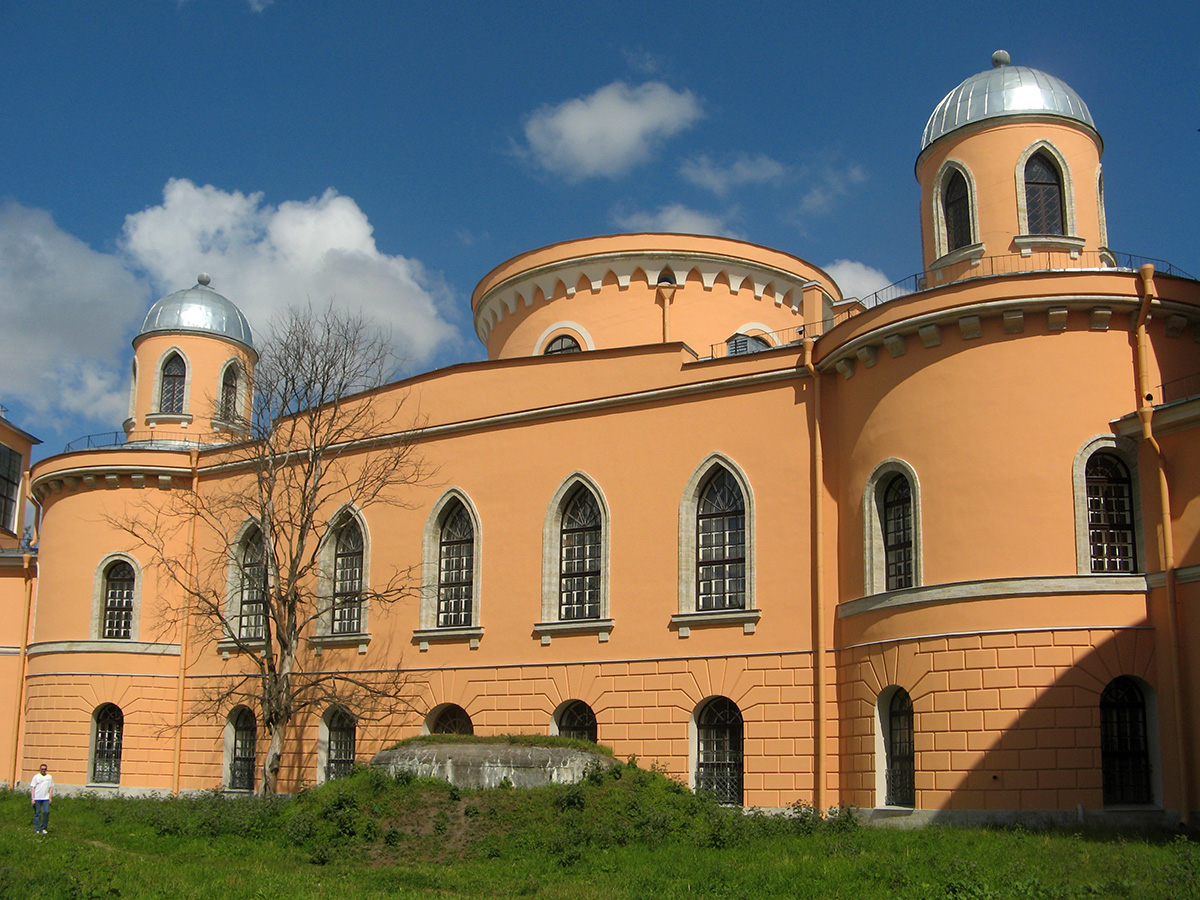
Catherine the Great commissioned this travel palace in the mid-1770s as a rest stop en route to Tsarskoye Selo, her summer residence. It was named in honor of the victory in the ‘Battle of Chesma’ in 1770. The Gothic-style palace resembles a medieval castle.
Catherine II's ‘travel’ palace, Tver
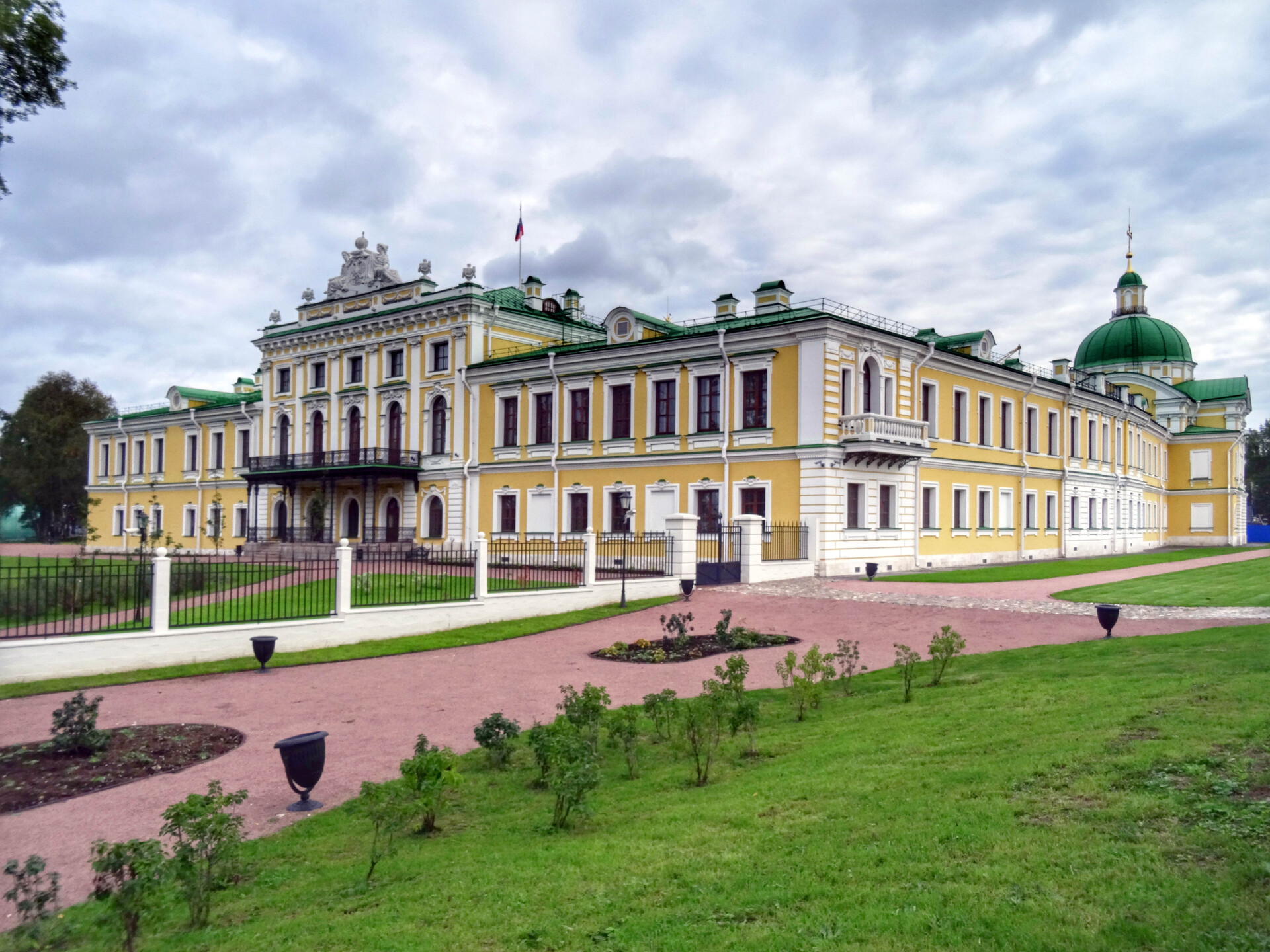
One of the most luxurious palaces on the route between the two capitals was built in Tver in the mid-18th century. Unlike other palaces that served a utilitarian function, the Tver palace was a real center of social life.
Modeled after St. Petersburg's ceremonial residences, it hosted evening balls and receptions. In 1767, Catherine stopped there during her grand journey to Simbirsk (now Ulyanovsk), accompanied by about 2,000 people, including the Austrian, French and English ambassadors.
Petrovsky ‘travel’ palace, Moscow
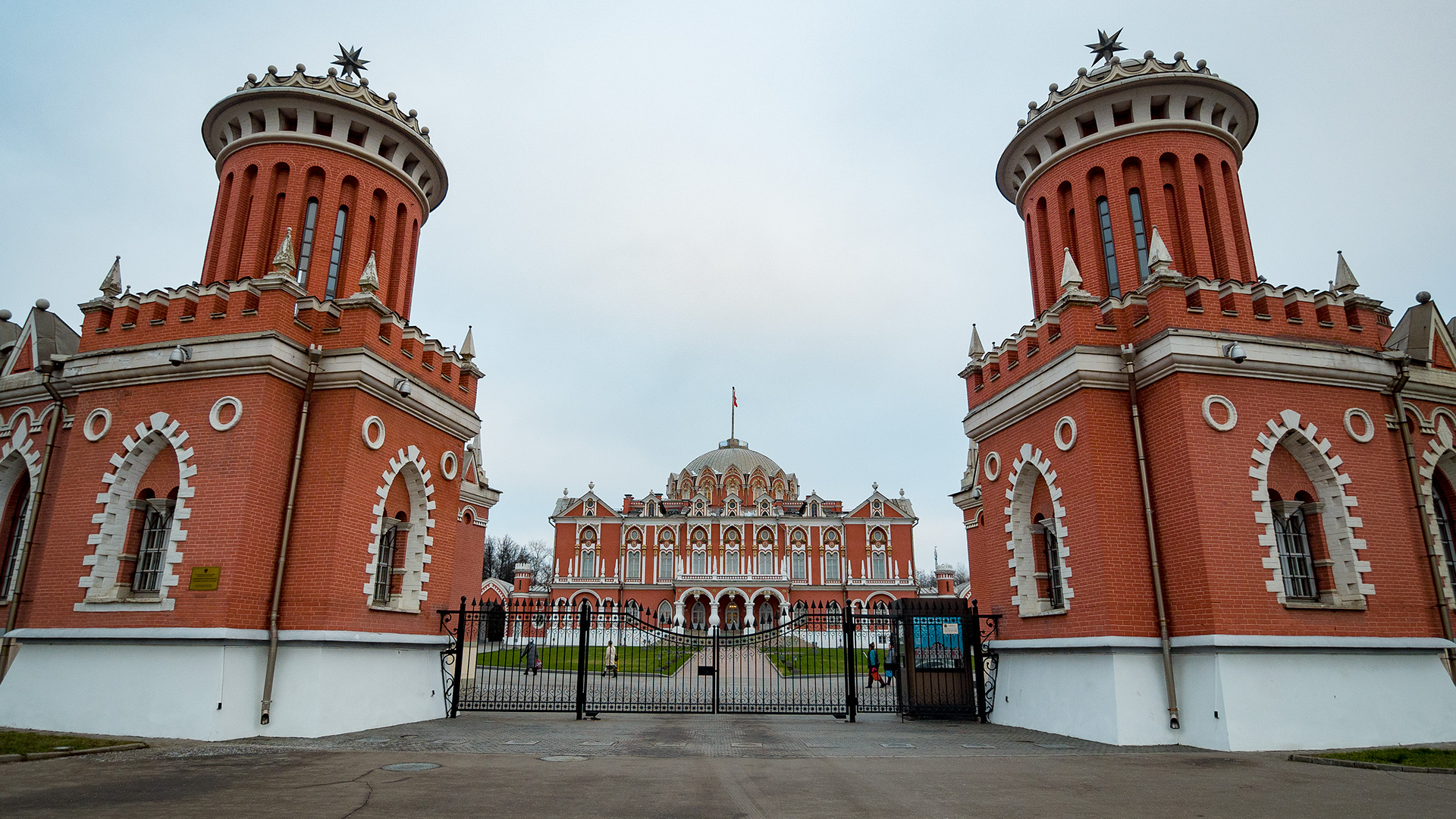
The most famous of the ‘travel’ palaces was built between 1776 and 1782 for Catherine the Great. The Romanovs stopped there before their coronation, which traditionally took place in Moscow. The palace was built by Matvey Kazakov, one of the most famous Russian architects, in the Neo-Gothic style.
During the Patriotic War of 1812, Napoleon's headquarters was located in it. Looted and devastated after the French retreat, it was restored under Emperor Nicholas I.
Catherine II's ‘travel’ palaces, Crimea
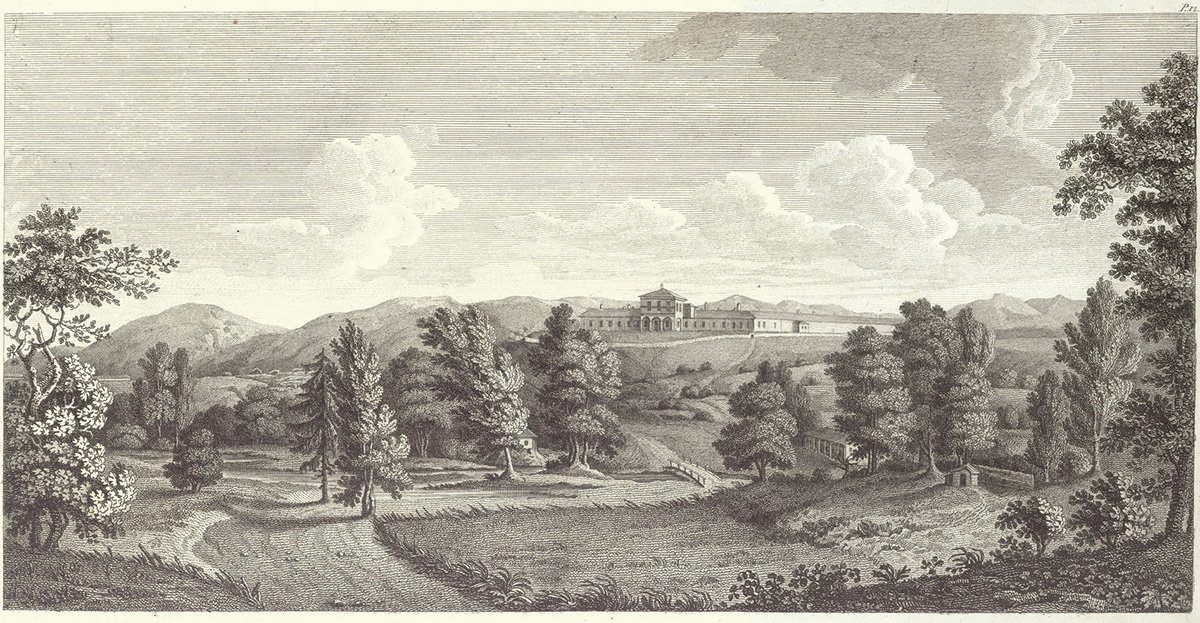 One of these palaces in 1803.
One of these palaces in 1803.
In 1787, Catherine the Great undertook the most ambitious journey in the history of the Russian Empire – a six-month trip to Crimea. Thirty-nine waypoints were prepared for the empress and her retinue of 3,000 people. Roads and bridges were built along the entire route and special road signs – "Catherine's Miles" – were erected. ‘Travel’ palaces were located in Karasubazar (now Belogorsk), Stary Krym (now Levkopol), Sevastopol, Kherson and many other cities.
The palace in Simferopol has survived to this day, albeit in a rebuilt form – the building now houses a railway technical school. The others have been almost completely lost to time.
Travel’ palace, Solnechnogorsk
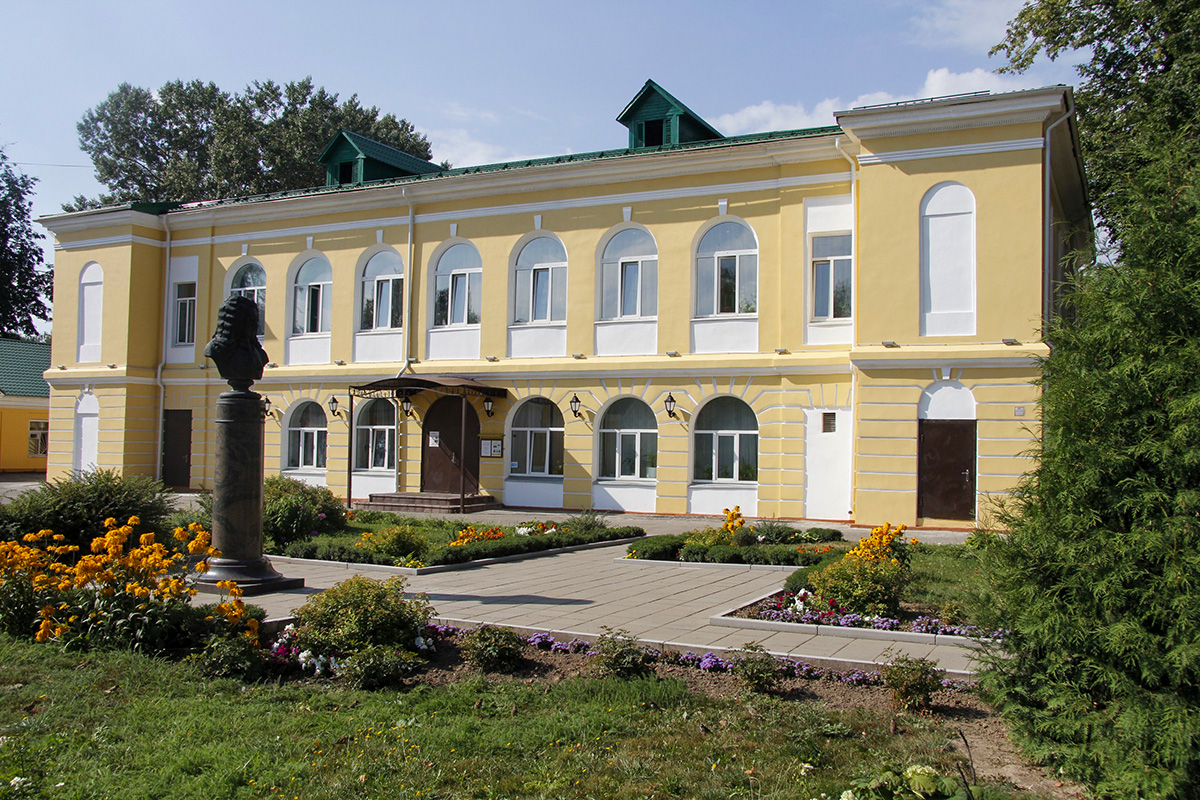
This palace was built at the beginning of the 19th century and is much more modest. In this small two-story building, imperial persons could rest and change horses on the journey from St. Petersburg to Moscow.
The Governor's house, Yaroslavl
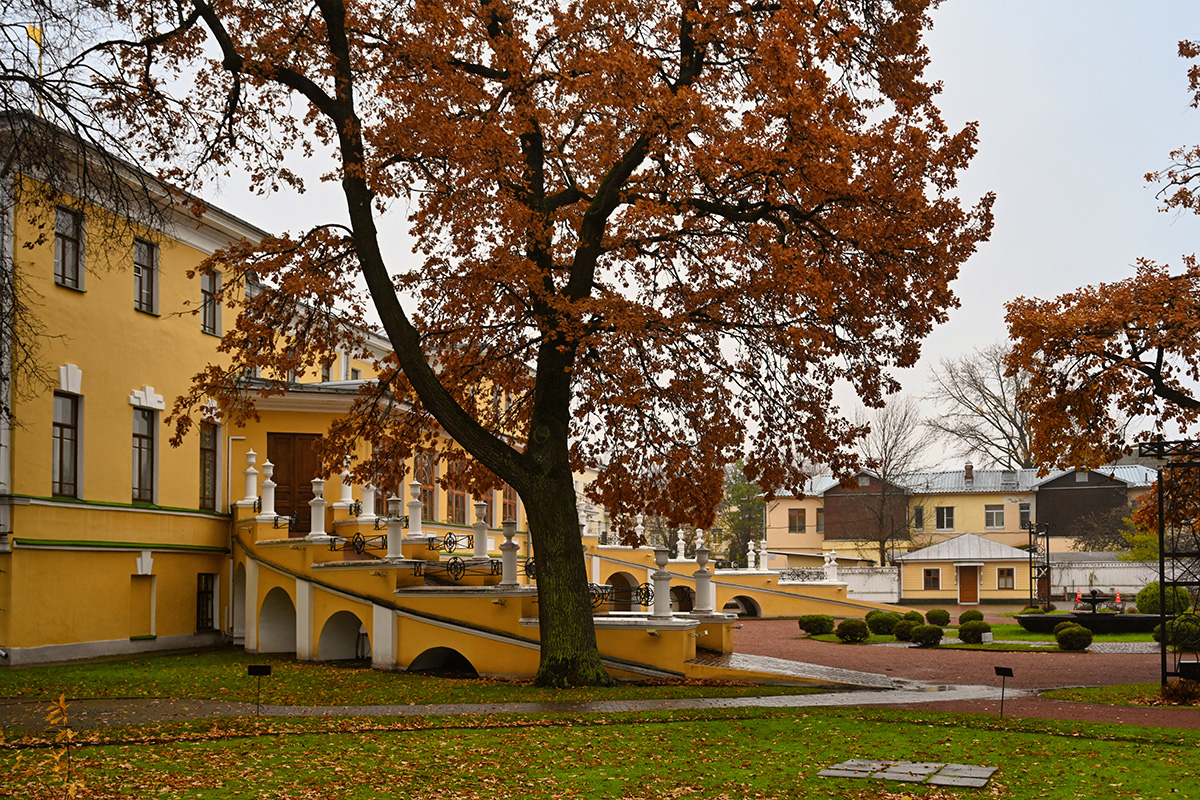
Built as an imperial ‘travel’ palace and governor's residence between 1821 and 1823. All Russian emperors from Alexander I to Nicholas II stayed there at least once.
‘Travel’ palace in Korostyn, Novgorod Region
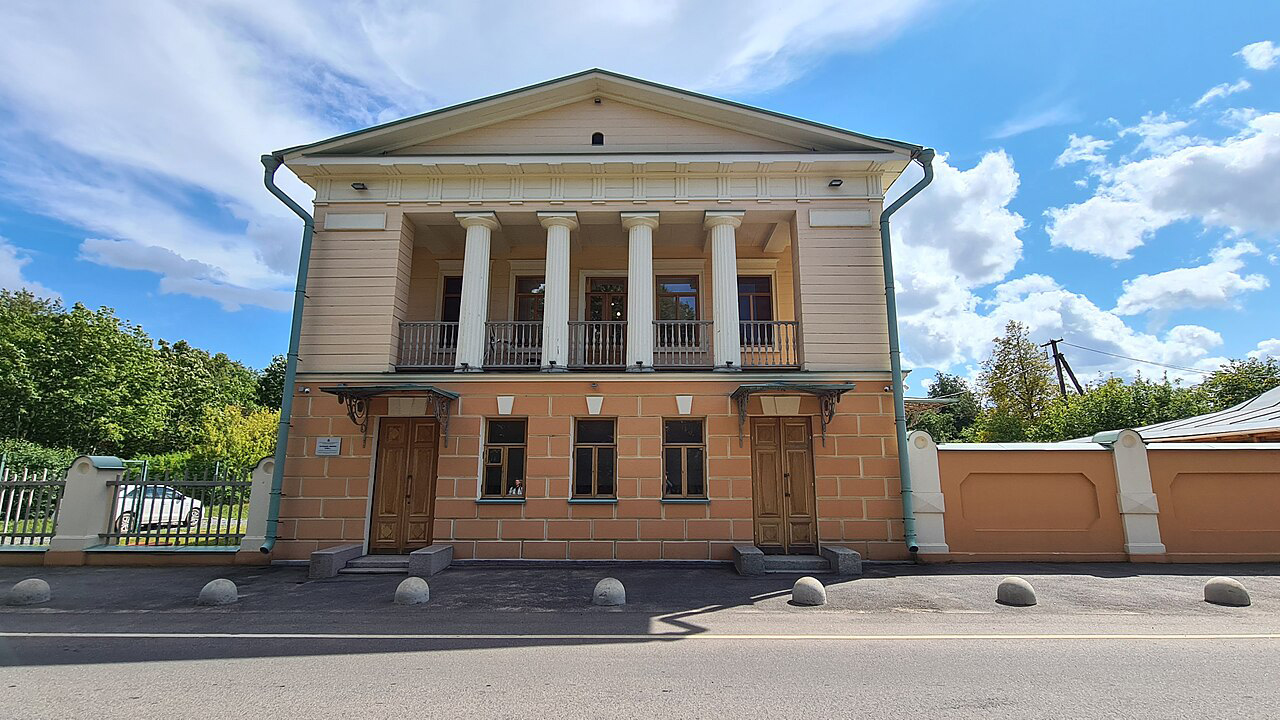
Constructed in the mid-1820s for visits by the emperor and his close associates. The two-story Empire-style building with a luxurious loggia overlooks Lake Ilmen.



